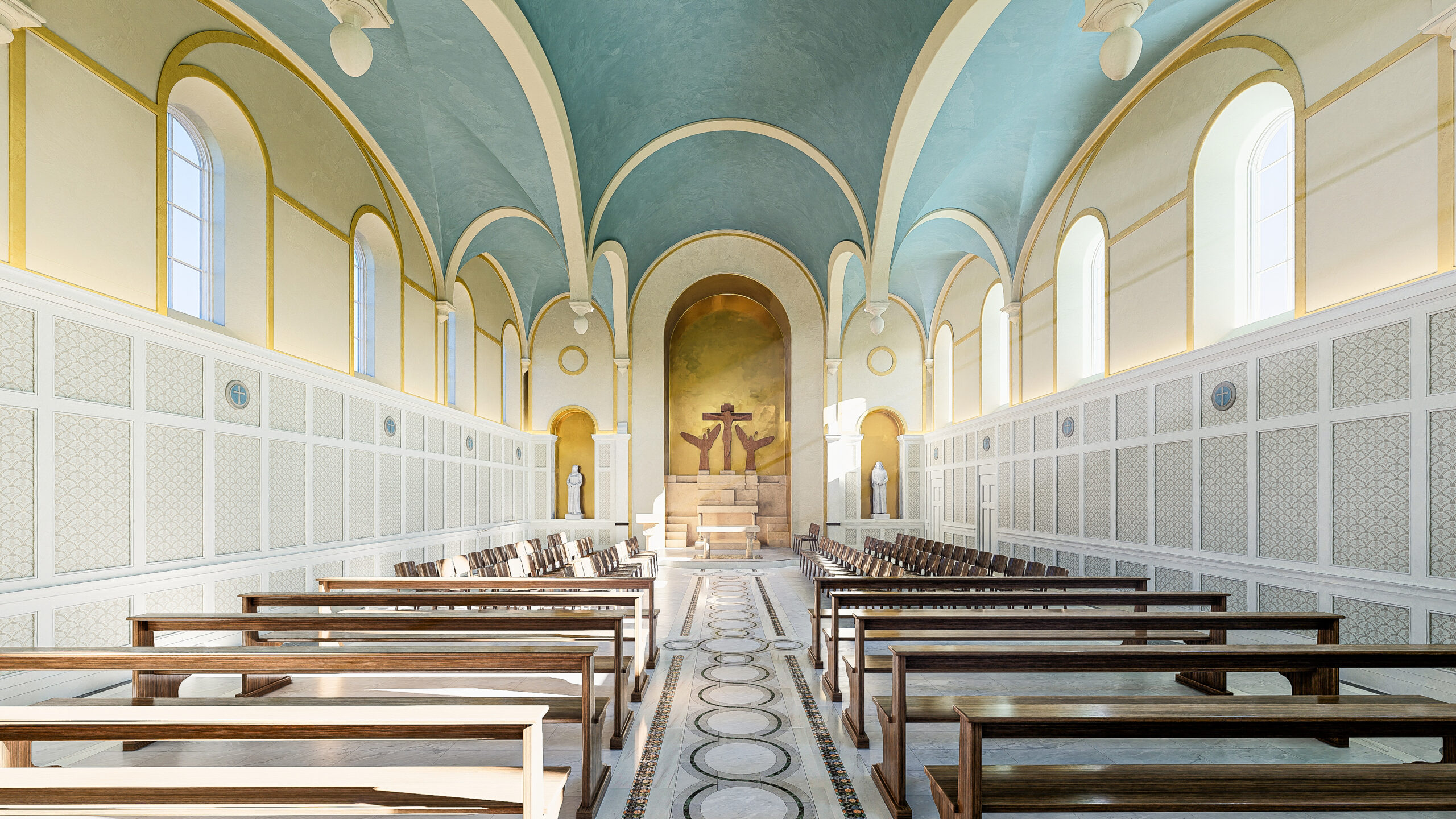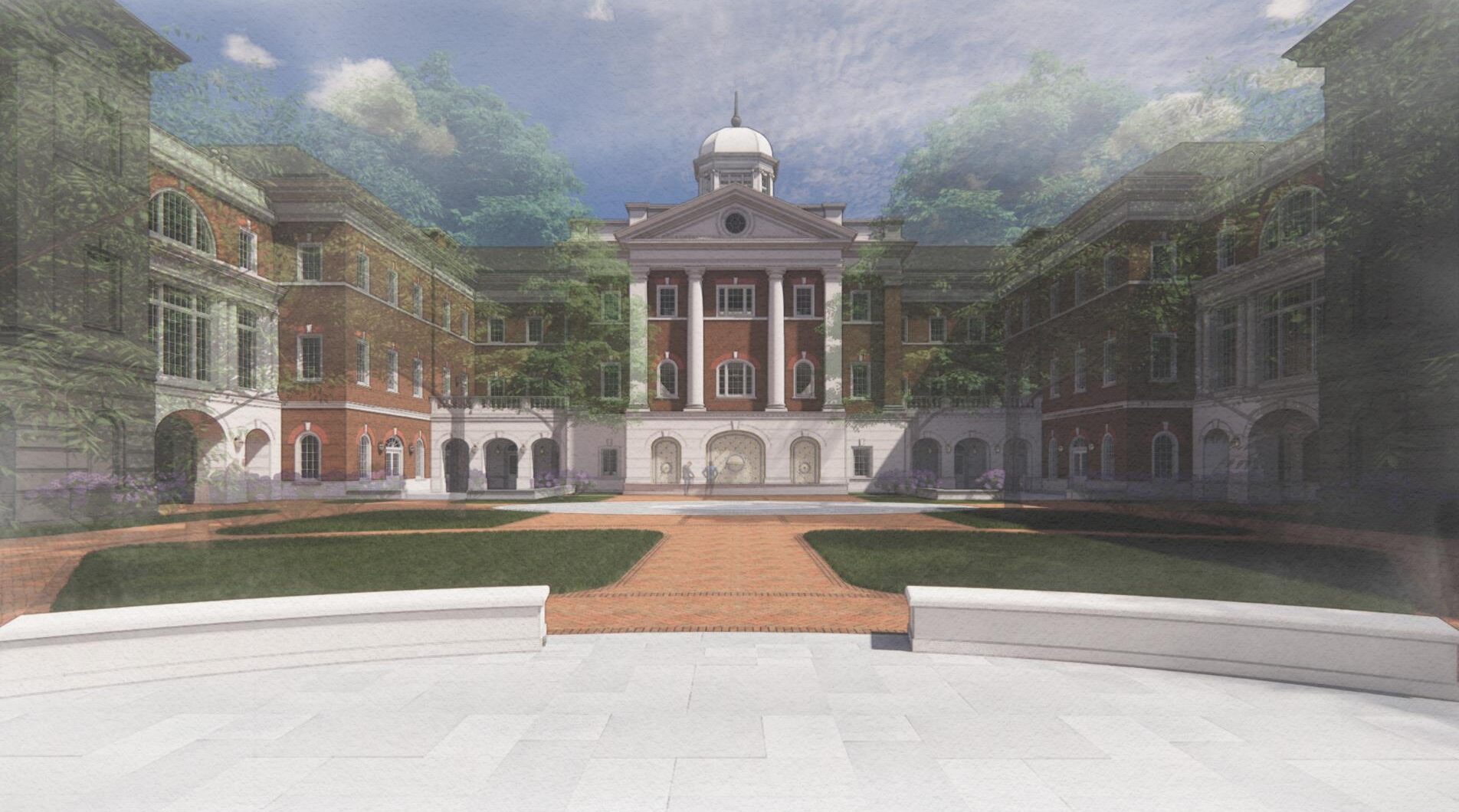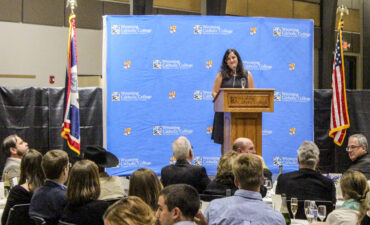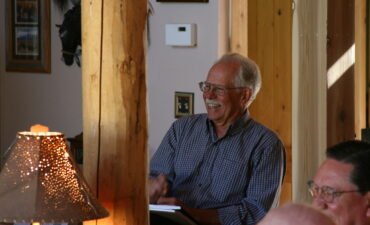“The Capacity of Architecture:” A Conversation with Anthony Vercio (‘16)
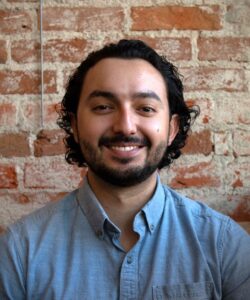 Well-roundedness and breadth of interests was one of the things that initially drew Anthony Vercio (‘16) to Wyoming Catholic College. Now an architectural designer, he finds that his time at Wyoming Catholic is one of the things he is most grateful for.
Well-roundedness and breadth of interests was one of the things that initially drew Anthony Vercio (‘16) to Wyoming Catholic College. Now an architectural designer, he finds that his time at Wyoming Catholic is one of the things he is most grateful for.
Having attended a Catholic high school, Anthony realized the impact of attending a secular university could have: “I had gone to a Catholic high-school, but it didn’t hit me until I was hanging out with some older students from that high-school who were now attending a good secular university.” What was scary was seeing these friends transformed: “Now they couldn’t talk about anything except their majors. They weren’t going to church anymore, either,” he said.
Anthony wanted to continue living his faith and pursue a more well-rounded education. With only a handful of liberal arts colleges to choose from, Wyoming Catholic College’s outdoor program “sealed the deal” for him: having started backpacking in high school, being able to continue such adventures alongside intellectual formation was a definite draw.
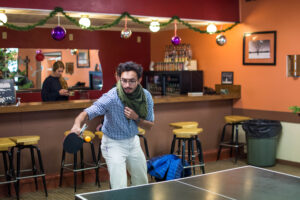 “I was surprised at how strong the community was at Wyoming Catholic–we all went through the 21-day backpacking trip, for starters. And some of it was the reinforcement of following the same path. Sitting at the same meal table as an upperclassmen, you can talk to underclassmen about the exact same courses. This is very helpful with learning: you all have the same goal of forming mind, body, spirit.” It is this shared vision which “rounds out the cohesiveness of the community.” “That is something I don’t find anywhere else,” Anthony comments. Reflecting on his time since graduation, in various jobs and grad-school, Anthony finds his friends from college are still very close; he talks to some of them nearly every other week, in fact.
“I was surprised at how strong the community was at Wyoming Catholic–we all went through the 21-day backpacking trip, for starters. And some of it was the reinforcement of following the same path. Sitting at the same meal table as an upperclassmen, you can talk to underclassmen about the exact same courses. This is very helpful with learning: you all have the same goal of forming mind, body, spirit.” It is this shared vision which “rounds out the cohesiveness of the community.” “That is something I don’t find anywhere else,” Anthony comments. Reflecting on his time since graduation, in various jobs and grad-school, Anthony finds his friends from college are still very close; he talks to some of them nearly every other week, in fact.
Anthony graduated from Notre Dame’s architecture program in 2021, and is now working his way towards becoming a licensed architect. Currently, he works as a designer at Glave and Holmes, an architectural firm based in Virginia that focuses on civic and institutional architecture, along with a little residential. It has five studios: a restoration studio, a cultural studio for monuments, an interior design department , urban design (for master-planning, courthouses, multi-family houses), and finally a higher education studio. It is in this last one that Anthony works. Projects are various, both large and small: “from bathroom renovation to an 80,000-ft science building.” Anthony recently helped design the maker space in a science hall where university students will fabricate robots.
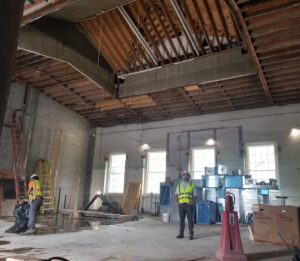 As one of the few Catholics in the office, Anthony is also working with a local Catholic girl’s school in Richmond, VA, St. Gertrude High School, on designing a chapel. Working with a couple others in his office, the school’s headmistress and board on the new chapel, which will be dedicated to Our Lady of Guadalupe, has been enjoyable for him. And it’s been educational for his co-workers, as well, Anthony says, since many of them “are Protestant or ‘nothing.’”
As one of the few Catholics in the office, Anthony is also working with a local Catholic girl’s school in Richmond, VA, St. Gertrude High School, on designing a chapel. Working with a couple others in his office, the school’s headmistress and board on the new chapel, which will be dedicated to Our Lady of Guadalupe, has been enjoyable for him. And it’s been educational for his co-workers, as well, Anthony says, since many of them “are Protestant or ‘nothing.’”
After graduating from Wyoming Catholic in May, 2016, “I worked at a winery for a while, took some extra math and physics courses to fill out the requirements for applying, and took the GRE for grad-school,” Anthony explained. “I got accepted and it was brutal. Talking to other grad students, I was like ‘cool, you guys sleep at night’. That is the disadvantage of going in without an undergraduate architecture degree. I had to work really hard: I was taking upwards of 15 credits every semester. It was so intense, but so rewarding.”
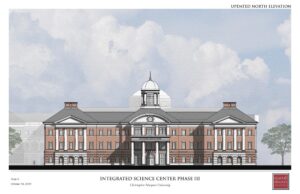 As a graduate student, Anthony was sitting next to undergrad students who were better drawers and sketchers, and could understand a schematic drawing better than he could. But when Anthony asked an architect if his need to catch up on design and engineering skills was a disadvantage, the response he got was: “I can teach you technical skills which you will get better at. Nobody new is really good at window details. I can teach you that. But I can’t teach you how to think well, and when you come into my office, you either have that capability or you don’t. I would prefer to hire someone who can think and communicate, and then teach them to draw, rather than someone who draws well and can’t think or communicate.”
As a graduate student, Anthony was sitting next to undergrad students who were better drawers and sketchers, and could understand a schematic drawing better than he could. But when Anthony asked an architect if his need to catch up on design and engineering skills was a disadvantage, the response he got was: “I can teach you technical skills which you will get better at. Nobody new is really good at window details. I can teach you that. But I can’t teach you how to think well, and when you come into my office, you either have that capability or you don’t. I would prefer to hire someone who can think and communicate, and then teach them to draw, rather than someone who draws well and can’t think or communicate.”
While graduate students know why they are part of the architecture program—to create beautiful art, places of community, and human scale things—this is not always the case with undergrads. Anthony thinks it’s much better to “get a general degree like that of Wyoming Catholic rather than a specialty,” because of the drawbacks of gaining all the prerequisites for a specific field without the “deliberateness that comes to going into architecture via graduate-level work.”
 Immersion in God’s beauty like that WCC provides “is an important foundation that not many other programs would have,” Anthony says, and quotes John Ruskin: “good architecture is an arrested ray of God’s beauty.” Without that sense, developed in general studies, it would be much harder to be an intentional and purposeful architect.
Immersion in God’s beauty like that WCC provides “is an important foundation that not many other programs would have,” Anthony says, and quotes John Ruskin: “good architecture is an arrested ray of God’s beauty.” Without that sense, developed in general studies, it would be much harder to be an intentional and purposeful architect.
When asked if he envisions architecture as an element in the restoration of Christian culture, Anthony says: “If we actually believe in our faith and that the purpose of everything is to give glory to God, that we are to be united to him eventually, and that we are working towards that goal with our brothers and sisters in the world, then that will affect how we design as architects.” With such first principles, you will design something that dignifies the human experience, one that is on human scale. With much talk in the secular world about “creating community” and “sustainability,” architects have to be part of the process of stewarding natural resources in a way that preserves natural beauty.
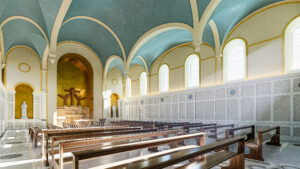
Does that mean that architecture needs to only be one style? No, Anthony says. “If everybody makes their place a little more beautiful in the way they can, then we will have a more beautiful world. So that is what I’m trying to do. I want to eventually start my own firm. Architects are in an interesting place: we can be stewards of both people and land and resources. We can help our neighbors in ways that are sometimes imperceptible. If you do architecture well, people don’t notice. If you do it poorly, people notice. It also has to do with the ego of the architect–are you trying to stand out, or simply improve the lives of those around you and create something beautiful?” Some architects tend to be gentler, not like modern “starchitects”. Many good architects are anonymous, says Anthony, and of course the builders of the medieval Cathedrals come to mind.
“I think architecture is very good about teaching us about beauty, which sometimes seems useless or seems to be a matter of taste, becoming subjective or relativized. Immersion in the natural world and through our conversations with the Great Books, hearing what different people say about beauty, is something invaluable to someone going into any art field.” These are the questions any Wyoming Catholic student struggles with, regardless of the field they wish to enter. “It is something we have struggled with and definitely shapes the way we view the world.” This dialog, with our faith, “tells us that there is an objective beauty, and that transcendentals are real things, and that we can get closer to true beauty Himself.” Even though “not everyone believes that”, it is an important part of Anthony’s view of why architecture is important and worthwhile. “I’m still learning what the capacity of an architect is, and what styles achieve the goal of beautifying the world better than others.”
